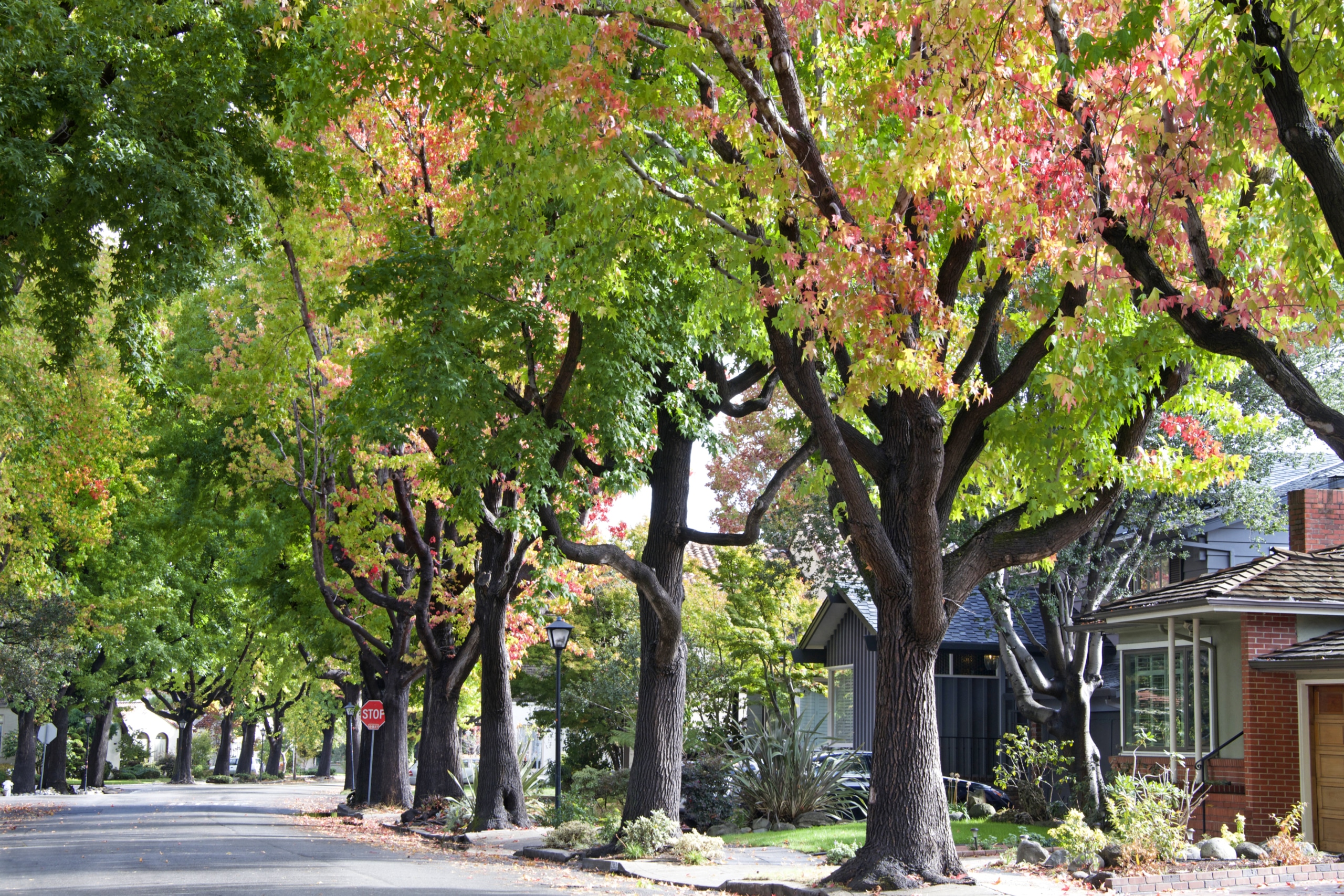.Covid is a trend accelerator, and in this third part of real estate trends, you’ll see Covid and the Pandemic reflected everywhere. Read more about Real Estate Trends you’ll be seeing in 2022 and sign up for Ilyce Glink’s Love, Money + Real Estate newsletter for further real estate trends and insights.
Last week, we covered several real estate trends that buyers, sellers and investors should be aware of as we move into 2022, including that iBuyers are evolving, interest rates are rising, which means that Millennials and Gen Z may find it cost-prohibitive to buy their first homes.
These came from some interesting conversations Ilyce had with some of the leading real estate experts and industry observers at the recent National Association of Real Estate Editors (NAREE) conference.
Here are three additional real estate trends we’re seeing start to blossom:
Trend #4: Cash-out refis are back
According to CoreLogic, a leading real estate analytics company, homeowners with mortgages saw their equity increase by more than 31 percent in the third quarter. The Homeowner Equity Report showed “a collective equity gain of over $3.2 trillion, and an average gain of $56,700 per borrower, since the third quarter of 2020.”
No wonder cash-out refinancing became a hot commodity in 2021. Black Knight, a leading provider of technology, data and analytics solutions, reported that tappable equity surged $254 billion to an all-time high of $9.4 trillion. Their latest “Mortgage Monitor” report says cash-out refinances pulled the highest “quarterly volume of equity in 14 years.”
Trend #5: Build-to-rent homes rise in an unaffordable housing market
As home prices rose dramatically over the past few years, many Millennials began to find themselves priced out of the housing market.
Take Boise, where the typical home now costs $519,081 and skyrocketed an eye-popping 35.6 percent over the past year, according to the Zillow Home Value Index. According to Mark Meyer, a Principal and Chairman of the Board of TGB, a landscape architecture firm, the average price of a home in Texas has increased by 35 percent.
Covid pushed land prices and building costs higher
“In Dallas, you can’t buy a townhouse for less than $280,000….Land prices went up during Covid and that affects the sales price of a house. We have a huge affordability issue,” he said during the NAREE conference.
While our nephew is currently living the Instagram lifestyle, traveling the Western U.S. and living out of his truck, most people prefer to have a home with walls, floors, a ceiling and indoor plumbing. So, if you can’t afford to buy, you’ve got to rent.
More people are renting – not everyone likes that
There are approximately 43 million rental properties in the U.S. About 34.5 percent of Americans rent, a number that has been steadily rising over the past few decades. According to RCLCO, the real estate consulting firm, about 22 million of those are single-family rental homes. And, the number of single-family rental units being built is on the rise. RCLCO estimates that single-family rental homes now represent about 5.1 percent of all new single-family home construction, up from 3.5 percent in the 2000s.
Not everyone is happy with large private equity and hedge funds engaging builders to build single-family rental homes.
“It’s the most anti-American thing in the last 50 years,” said Alex Kamkar, managing shareholder for Bold Fox Development, based in Texas. He notes that the investment world is “changing the economics and those rents will never come down.” He added, the “rents being charged for these communities are so high that tenants can’t save enough for a down payment.”
For now, this trend looks well-funded and unstoppable. And, in the future? Kamkar predicted that the build-to-rent movement “would go poorly. There are so many A-list build-to-rent [communities] that will become the slums of the future,” he added.
Trend #6: Covid is a trend-accelerator and a change-maker
According to the Counselors of Real Estate annual report on the Top Ten Issues Affecting Real Estate, Covid has not only been a trend-accelerator, but has forced fundamental economic structural change.
Employers can no longer take “cheap, pliant labor for granted.”
The report details how the foundations of the economy are now in flux. Employers can no longer take “cheap, pliant labor for granted.” The movement toward hybrid or remote work has confused the expected demand and use of both commercial and residential real estate. And, as we’ve all seen, supply chains remain under pressure or are broken.
Two years ago, no one could imagine that the world would very nearly shut down; that offices would close and employees would be sent home to work remotely. Or, that employees would choose not to come back. All of this has put small business owners, restaurants, and other business service providers at deep risk of failure.
Covid pushed buyers to the suburbs and rural areas
As a trend accelerator, Covid pushed Millennials to buy homes in suburban and rural areas. Previously, younger Americans gravitated to city centers, with walkable neighborhoods, public transportation, and plenty of entertainment options and restaurants. They weren’t the only ones, of course. American adults of all ages suddenly desired more space.
Covid also accelerated an extreme version of political polarization, the Counselors of Real Estate report noted.
Covid means more risk for real estate investors
For real estate investors, “persistent pandemic uncertainty raises real estate investment risk” across the board. Commercial property owners are focused on retaining tenants, managing cash flow and training and retaining labor. Small residential landlords are focused on tenant management and getting the rent paid, while waiting for eviction moratoriums to lapse.
And Covid underscores the top issue affecting real estate over the past two years: remote work and mobility. As we end 2021, the Counselors of Real Estate noted that just 36 percent of office workers are back in the top 10 markets, versus 25 percent overall. Eighty-three percent of companies are permanently shifting to a hybrid work model. That has dire implications for all sorts of real estate: residential, commercial, medical, education, and retail. Companies like Google have indefinitely postponed its employees’ return to the office.
Covid helped employees discover the pleasures of remote work
Satisfaction with remote work remains high, according to a number of recent surveys. Goodhire’s recent survey found that 68 percent of employees would choose remote work versus being in the office. Some 85 percent of employees believe their colleagues prefer working remotely. And, 61 percent would take a significant pay cut to stay remote.
If these numbers continue to hold up, they’ll have a profound impact on the size and location of new homes, and the amenities they include. Not just now, but for decades to come. Real estate trends have already profoundly shifted to accommodate this pandemic.
We’ll be watching what happens in 2022.







Leave A Comment